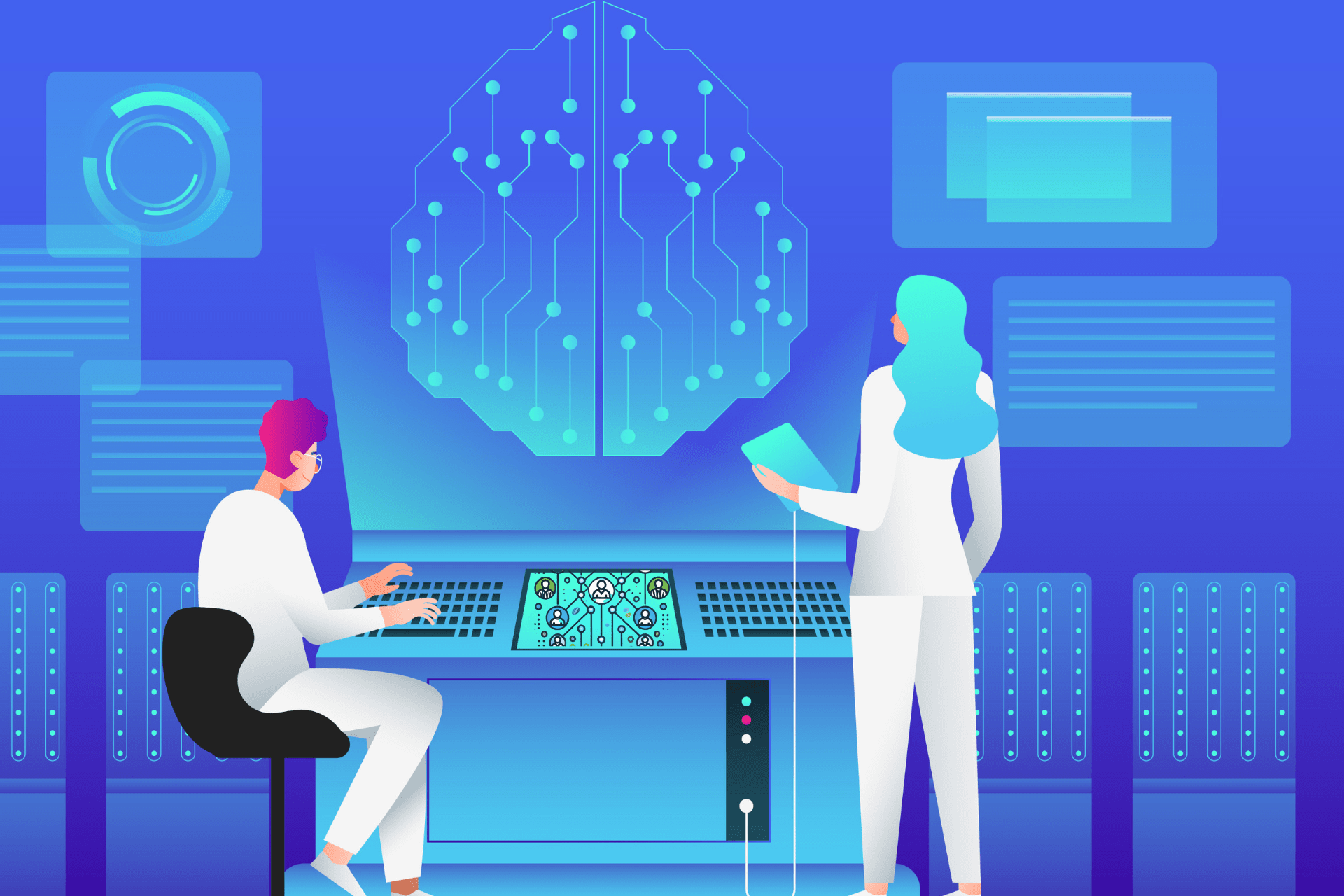Convergence of Technologies: Redefining User Engagement Paradigms - A DX Roadmap

The digital landscape is undergoing a seismic shift. We're witnessing an era of convergence, where once-distinct technologies are merging to create entirely new user experiences (UX). Artificial intelligence (AI), virtual reality (VR), augmented reality (AR), the Internet of Things (IoT), and blockchain are just a few examples of these converging forces. This convergence presents both challenges and incredible opportunities for companies specializing in Digital Experience (DX).
What is the Convergence of Technologies?
Imagine a world where your morning routine is enhanced by a smart mirror displaying personalized news headlines alongside weather updates projected onto your bathroom wall in AR. This exemplifies the convergence of technologies. It's the synergistic fusion of previously independent technologies into a unified system that delivers a more seamless and immersive user experience.
What is User Engagement?
User engagement goes beyond simply using a product or service. It's about fostering a deep connection with users, keeping them actively interested and invested in the experience you provide. High user engagement translates to increased loyalty, brand advocacy, and ultimately, business growth.
Harnessing the Power of Convergence for DX Excellence
Let's delve into how your tech company, specializing in crafting exceptional DX, can leverage the power of converging technologies to redefine user engagement paradigms. Here's a roadmap outlining actionable strategies:
1. Identifying User Needs and Convergence:
- Deep User Research: Conduct in-depth user research to understand your target audience's pain points, aspirations, and tech preferences. This forms the foundation for identifying the most impactful convergence points - the areas where merging technologies can address your users' needs most effectively.
- Focus on Frictionless Journeys: Map the user journey across various touchpoints and identify areas where friction exists. This could be anything from a cumbersome login process to a lack of personalized recommendations. Convergence can help streamline these journeys, creating a seamless and frictionless flow.
2. Choosing the Right Convergence Strategy:
- A/B Testing and Experimentation: Don't be afraid to experiment! A/B test different convergence scenarios to understand user response and identify the most engaging combinations.
- Prioritize Personalization: Personalization is key to user engagement. Leverage AI and machine learning to tailor the convergence experience based on individual user preferences and past behaviors. For example, imagine an AR shopping experience where a virtual assistant curates product recommendations based on your browsing history and preferences, all seamlessly integrated into your physical environment.
3. Implementation and Integration:
- Seamless Integration: The key to a successful convergence strategy lies in seamless integration between technologies. Ensure a smooth flow of data and ensure the user experience remains intuitive and user-friendly.
- Prioritize Security and Privacy: As your DX strategy embraces convergence, prioritize robust security measures and user privacy protocols. Users entrust their data when engaging with these technologies, so building trust is paramount.
4. Optimizing and Iterating:
- Data-Driven Decisions: Harness the power of analytics gathered from user interactions with the converged experiences. Use this data to identify areas for improvement and continuously iterate on your approach. A/B testing and user feedback play a crucial role in continuous optimization.
Convergence in Action: Practical Examples of DX Enhancement
Here are some practical examples of how convergence can be used to redefine user engagement:
- AI-powered Chatbots with AR Overlays: One example could be customer service chatbots that leverage AR to project relevant product information or troubleshooting steps directly onto a user's physical environment, enhancing understanding and resolution times.
- Personalized Learning with VR and Gamification: Educational platforms can leverage VR to create immersive learning experiences tailored to individual students' needs. Gamification elements powered by AI can further boost engagement and motivation.
- IoT-driven Smart Homes with Voice Assistants: A smart home where voice assistants interact with your connected devices, tailoring the environment to your specific needs is the future. This could be anything from adjusting the temperature based on your voice command to dimming the lights as you fall asleep.
The Future of DX is Converged
The convergence of technologies is not a passing trend; it's the future of DX. By leveraging this transformative potential, your company can unlock new possibilities for user engagement, forging deeper connections with your audience and driving sustainable business growth. Remember, the journey towards a converged future requires a commitment to continuous learning, experimentation, and a deep understanding of your users and their needs. Embrace the power of convergence, and become a frontrunner in shaping the next generation of user experiences.
Are you ready to explore the possibilities of convergence for your DX strategy? Share your thoughts and experiences in the comments below! Let's foster a conversation about how we can use converging technologies to create truly remarkable user experiences.




